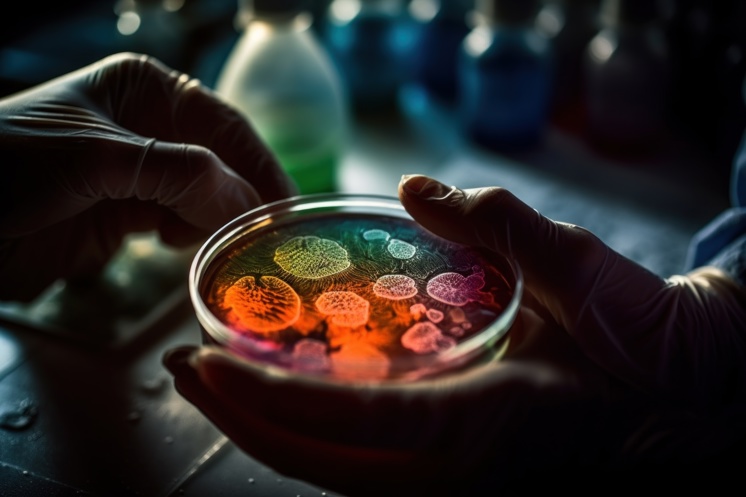But understanding how to determine whether a food product should be classified as novel – and requires a safety assessment and regulatory approval – is not an easy task. It demands a detailed understanding of both the process and regulatory framework.
Mind the gap
That’s why it’s always advisable to carry out a comprehensive novel food gap assessment to first confirm whether the material in question is novel or not. And if so, the exact safety and regulatory data that needs to be provided to support your stated conclusion, as well as the subsequent novel food regulatory submission.
This process generally involves gathering all available scientific information and data related to the product in question, including historic use in the market, composition, production process, potential allergenicity, toxicity and nutritional content. This is achieved by:
- Analysing historic use of data to assess if the material has been significantly consumed by humans within the specified timelines.
- Analysing the collected data to identify any areas where information may be lacking or insufficient to fully assess the safety and suitability of the material for human consumption.
- Using the available data to carry out a comprehensive risk assessment to evaluate potential risks associated with the material, such as allergenicity, toxicity and any other health concerns.
- Establishing a strategy for a subsequent novel food submission. This is likely to include planning additional scientific studies, toxicological assessments, allergenicity tests and other relevant research to fill in missing information.
- Providing clients with an estimated time and cost for the novel food submission process in the market(s) of interest.
Strategy for success
The importance of a novel food gap assessment can’t be emphasised enough. It’s a crucial first step in this complex regulatory environment. By identifying and addressing data gaps early in the process, potential risks and uncertainties can be evaluated and minimised, rather than causing problems at a later stage. Plus, you benefit from a defined regulatory pathway and a more informed and evidence-based approval process.
